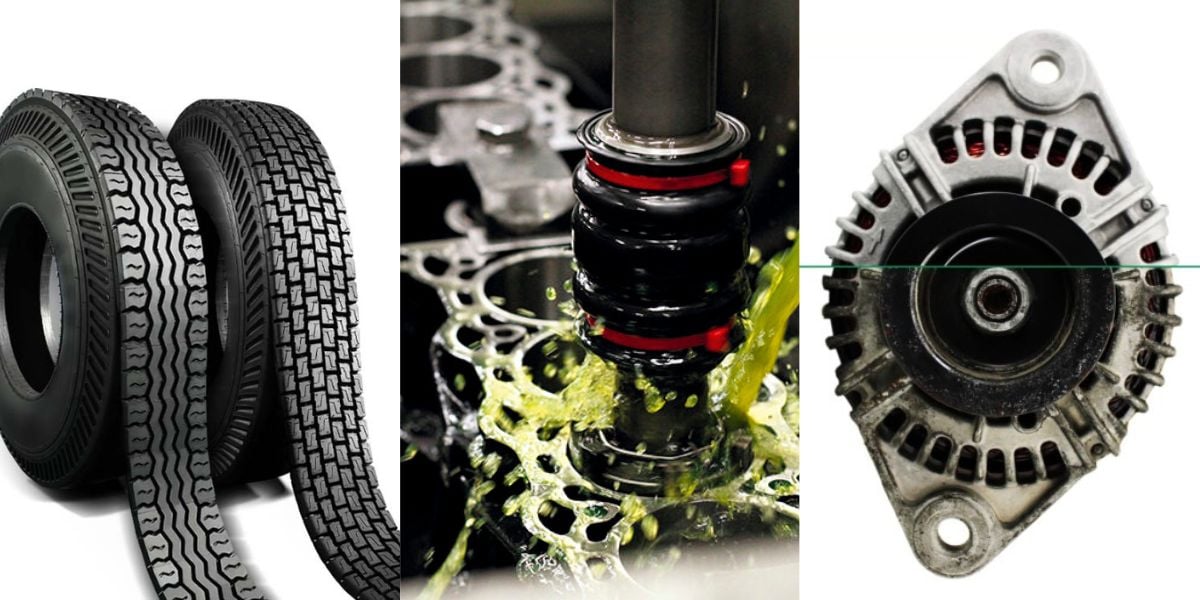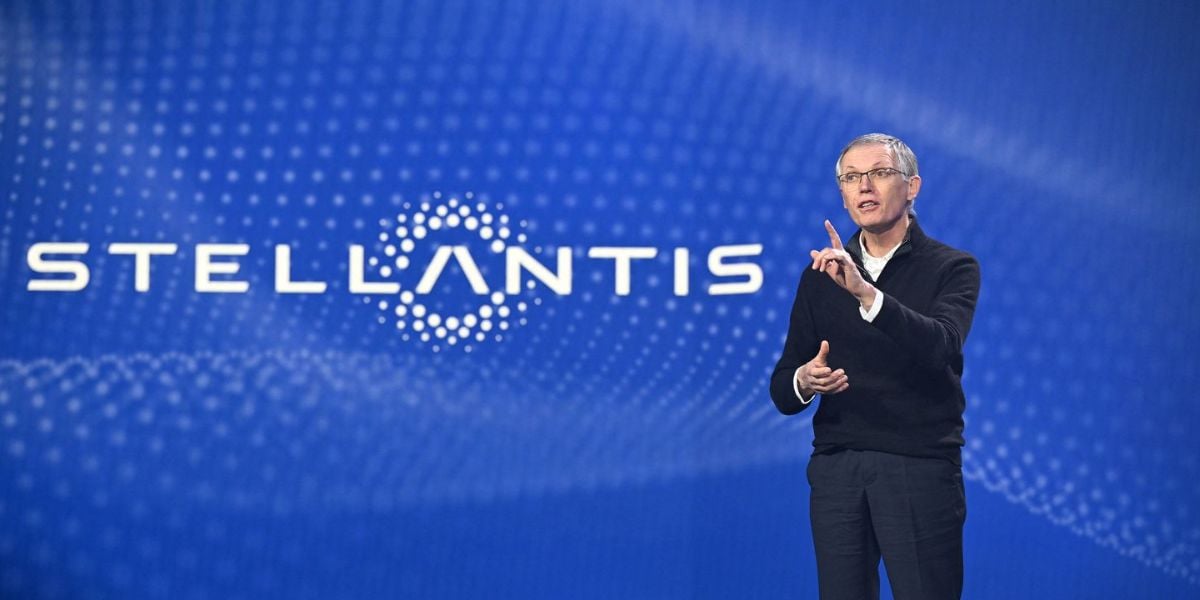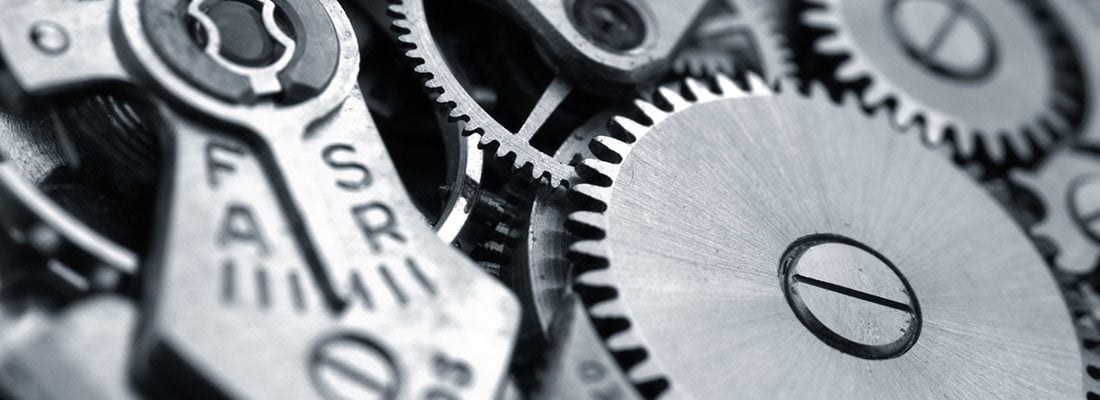This year’s World Remanufacturing Summit was held in Singapore and focused on the digitization of reman. Eddie Tan Zhi’En reports for ReMaTecNews
Industry leaders in remanufacturing around the world gathered for the annual World Remanufacturing Summit, which was this year hosted in Singapore by the Advanced Remanufacturing Technology Centre (ARTC). This theme for 2017 was the digitization of reman, and topics ranged from business model and reverse logistics to remanufacturing markets and future developments, as well as research and innovations in reman technology.
Finding new incentives for reman
In order to remain competitive, one must look into emerging new incentives for remanufacturing, said Rolf Steinhilper, of the University of Bayreuth. In his keynote presentation he explained that German organisation Allgemeiner Deutscher Automobil-Club (ADAC) interviewed numerous car brands and independent garages in Germany to understand the types of new failures and emergencies reported. They found that electric components - namely the battery, starter, and alternator - make up most of these failures at 38%. As a car reaches six to seven years old, the value of the car does not justify the cost of replacing these electronics, and an alternative approach to repair needs to be explored. Although car electronics are typically not designed for remanufacturing, considerations should still be made for the reman options, as this presents an opportunity for new electronic products. “There is a lot of excitement here, because of the new incentives for remanufacturing,” explained Steinhilper. An example of a new product that his team is working on is a steerable LED headlight that has remanufacturing design considerations incorporated. Despite the cost benefits that can be attained from remanufacturing, new products with novel remanufacturing design considerations presents new challenges in service and repair know-how. He said that a projection of emerging new car service technologies that we can expect in the next five years include: innovations towards replacing smaller modules, expanding remanufacturing knowledge towards new components, new repair technologies on site, new networks of communications and co-operation, as well as 3D printing. Although new mechatronic parts that emerge on the market present novel opportunities for reman, new concerns about workers’ software competencies also arise with it. Looking towards the next ten years, he further projects that the rise of autonomous vehicles will vastly change the remanufacturing scene, as a higher level of expertise will be required for maintenance - potentially increasing the cost of servicing for the consumer.
Barriers to reman must be overcome
According to a US International Trade Commission report in 2012, the US remanufacturing industry includes nearly 13,000 businesses across 12 sectors, with 180,000 employees. It generated $43 billion in total revenue as of 2011 - a 15% growth from 2009. The country’s top three sectors for reman are aerospace (30%), heavy duty/construction (18%) and automotive (14%). Michael Thurston from the Rochester Institute of Technology (RIT) Golisano Institute for Sustainability dug deeper into the booming reman sector in the US by presenting an industry survey conducted by RIT with over 200 participating companies to uncover what they felt were the barriers to remanufacturing barriers. The survey found that there were key differences in priorities between small-to-medium companies, and large companies. When identifying opportunities for remanufacturing innovation, small-to-medium firms said their top three priorities were:
• Surface cleaning technology
• Validation technology
• Reassembling to original specifications
However, large companies cited the following:
• Prognostics
• Electronic life assessment
• Component restoration (additive manufacturing)
“These are areas of technology research driven by larger companies, and where technology training is required by the smaller companies,” explained Thurston. Companies also indicated that the most beneficial training topic for them was design for remanufacturing, and that the most significant issue in future growth was core design features that enable reman. High priority cross-cutting sector research was identified as design for reman, electro-mechanical integration, information flow (Internet of Things), augmented reality, prognostic and health management, electronic assessment, additive manufacturing, green cleaning, and life cycle assessment. Based on these, a roadmap was charted with subject-matter experts and industry representatives to achieve three outcomes in response to the factors which inhibit the remanufacturing industry, namely:
• New standards and improved knowledge base
• New technologies and process improvements
• New policies
• Improved perception of the industry
The REMADE institute is part of a US network created to enable the development and transition of advanced manufacturing technologies, federally funded at $70 million over five years, and led by RIT’s Sustainable Manufacturing Innovation Alliance and acting CEO Nabil Nasr. The institute aims to reduce embodied energy in US manufacturing through improved manufacturing material efficiency and increased material recycling, remanufacturing and reuse.
Questions of sustainability
In Japan, hundreds of independent remanufacturers of auto parts undertake remanufacturing, with some original equipment manufacturers (OEMs) remanufacturing their own parts. Mitsutaka Matsumoto of the National Institute of Advanced Industrial Science and Technology in Japan said the market size of remanufactured auto parts sales is Y109 billion as of 2012. At the moment, no estimate exists for the production of all remanufactured products, although the government is in the process of conducting surveys in several product areas. Matsumoto further explained that although there are a number of good practices of remanufacturing in Japan, the overall market size is not sufficiently large - and attention on remanufacturing is considerably low. Customer awareness was identified as a key barrier to remanufacturing in Japan: 79% of companies surveyed indicated that they have never heard of remanufactured auto parts - compared to the US, where only 29% of companies indicated the same. OEMs’ incentives for remanufacturing were shown to be mixed, as reman conflicts with some new product business, and is suitable only for industries like aerospace and mining, where the cost-effectiveness of remanufacturing is high, he continued. Other barriers to remanufacturing under the domain of research include design for remanufacturing, process technologies and operations management. Matsumoto suggested that the market leaders in remanufacturing must ask themselves one question going forward: “How can we incorporate remanufacturing in developed countries and remanufacturing in developing countries to enhance resource efficiency?” In developing countries, local independent manufacturers, repairers and refurbishers experience low wages - and customers who are extremely price-conscious. Other barriers to reman in developing countries include business issues like competition with low-price new products and technological issues such as lack of design for remanufacturing. Matsumoto also cited socio-economic factors including labour costs, policy issues like trade restrictions on used products and customer issues such as awareness and acceptance of remanufactured products.
More demand and less materials
The current linear economic model dominating the global economy will create challenges in the near future which demand a response from the reman industry. “There will be more and more demand for goods, with less and less materials to produce them,” explained Helene Pepin of ARTC in Singapore, the host of the World Reman Summit. Three billion middle-class consumers are expected to enter the global market by 2030, driving unprecedented demand for goods and services. With the current linear ‘take-make-dispose’ economy, elements such as gold, silver, indium, iridium, tungsten, and many others vital for the industry, could be depleted within the next five to 50 years. Economic incentives for remanufacturing include 50-80% energy and better than 50% raw material savings, she went on. Key enablers for remanufacturing models include early design considerations, smart manufacturing technologies, global/regional reverse logistic networks, and innovative business models and e-commerce. ARTC was set up as the first centre in Asia adopting the AxRC network model of industry-led public-private partnership across supply chains, with six technological groups that include technologies of interest for remanufacturing cross-sectional industries: advanced remanufacturing, data-driven surface enhancement, intelligent product verification, additive manufacturing industrialisation, advanced robotic applications and smart manufacturing group. The advanced remanufacturing team adapts manufacturing technologies for repair industrialisation, such as: laser metal deposition, cold spray, automated robotic welding processes and hybrid technologies.
How to automate reman with hybrid manufacturing
The goal of hybrid manufacturing solutions is to automate the process for remanufacturing purposes, to co-locate and integrate, as well as to set up a customised workflow for every work part. For instance, a non-uniform blade wear and ageing requires a customised approach when it comes to reman. Operators typically have to use their hands and eyes when approaching remanufacturing, at a time where no adaptive subtractive and additive processes existed. “When we think of hybrid manufacturing, we typically think of subtractive and additive processes,” said Jason Jones of Hybrid Manufacturing Technologies. “I hope to change that.” In his presentation at the World Reman Summit he explained that many additive manufacturing technologies today operate in silos and function as separate entities from the main process line. This approach may be good for prototyping, but not for manufacturing. Additive manufacturing currently works too much in isolation and moving forward, he said, and requires further refinement. And this is where multi-tasking hybrid steps into the picture. AMBIT was developed by Hybrid Manufacturing Technologies, integrating inspection, subtractive and additive functions in a single platform. An example of how these three functions can work together to manufacture a component is to first deposit material additively, then to use an inspection tool to probe and measure the geometry of the deposited part – followed by using CAM to adaptively machine the part to the exact part requirements. Jones added that the future of hybrid manufacturing lies in the OpenHybrid initiative, where numerous industry partners come together to explore and expand the implementation of hybrid manufacturing for the process simplification of additive manufacturing, repair and feature addition operations.
Eddie Tan Zhi’En is a PhD student whose area of research is laser metal deposition.


.png?h=600&iar=0&w=1200)
